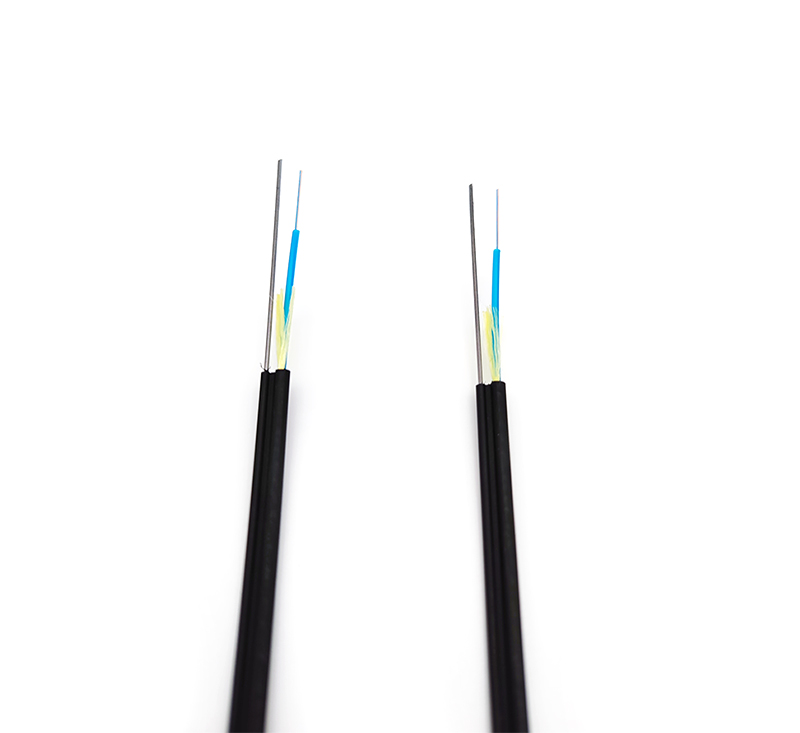The construction procedures of general optical cable lines are mainly divided into five stages: preparation, laying, continuation, testing, and completion acceptance
① Single disk inspection of optical cables: Check the appearance of the optical cable, the relevant characteristics of the fiber and the signal line.

② Route re -measurement: According to the construction design drawing, the specific direction, laying conditions, environmental conditions, and the specific location of the connector are reviewed.
③ Optical cable distribution disk: The total length and reasonable computing length of the lines are calculated based on the re -measurement routing.
④ Route preparation: Clean the pipeline of pipeline optical cable before laying the pipeline, preset wire or pre -plastic catheter, pre -pre -laying steel wire ropes and hooks before overheading, excavation of the optical cable trench before laying, and the setting of the connection pit. It will provide convenient conditions for the smooth progress of the project and the safety of the optical cable.
⑤ Light cable layout: According to the laying method, hang the single -disc light cable shelf to the electric pole or pull it in the pipeline, or put it in the optical cable sulcus.
⑥ The continuation of optical cables: including the measurement of the optical fiber continuity, the copper wire, the aluminum care layer, the connection of the reinforcement core, and the losses of the connector. The packaging of the joints and the support of the joint protection.
⑦ relay measurement: including the test of optical fiber characteristics (such as the total attenuation of the fiber) and the test of copper wire electrical properties.
⑧ Cable completion acceptance: Provide technical information such as construction diagrams, modification routing, and measurement data, and do a good job of inspection and completion acceptance work in order to provide qualified fiber lines to ensure the system adjustment.










